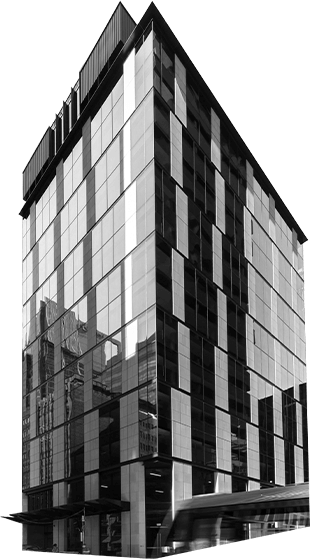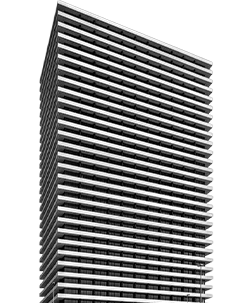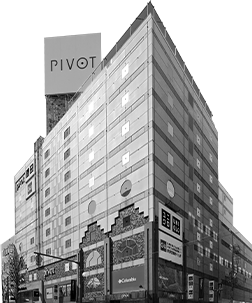 11
2007
11
2007
Overseas
International Operations
The Challenge of Daibiru’s First International Expansion
Implementing Daibiru Quality Through Building Renovations
Daibiru also gained the experience of conducting large-scale renovations in Vietnam. Having been completed in 1996, Saigon Tower was reaching the point where equipment upgrades were needed. Renovations including chiller (cooling water circulation equipment) upgrades as well as elevator, lobby, and corridor renovations were carried out with the goal of bringing the building up to Japanese standards. The lavatories were renovated in 2014, and Saigon Tower became the first office building in Vietnam to be fully equipped with bidet toilets. This came as a big surprise to tenants and building visitors, and it was well received. Exterior beautification work included painting the exterior walls and installing LED lighting. The entrance hall was renovated in 2016. Transformer upgrades, fire alarm installation, and AED installation were carried out in 2017. In 2020, the building was fitted with anti-viral filtration and an EV boarding management system. These and other measures were continually being implemented to maintain and improve the building’s value.
-

The entrance of the CornerStone Building
Daibiru also performed façade beautification work on the newly built CornerStone Building. Only three years had passed since the building’s completion when this project was undertaken. Starting in October 2016, the entrance area was renovated, and the front façade was replaced with natural stone to enhance building safety and improve its aesthetic appearance. The problem, however, was the difficulty of obtaining materials that met Japanese standards and the fact that the processing technology available was immature in many areas, so with the help of Japanese engineers, Daibiru provided guidance on processing technology and implemented thorough quality control.
The regular meetings were also chaotic. At first, they were conducted in English, but when discussions got heated, Vietnamese and Japanese would get interspersed as well, and it wasn’t unusual for heated arguments to be followed by additional deliberations in English. That alone required additional time and caused scheduling delays. Still, it was clear that those discussions were facilitating communication, and a sense of camaraderie transcending national borders began to emerge.
For both buildings, Daibiru also took the lead in pushing forward with ESG-related initiatives. Solar panels were installed on the roof of the CornerStone Building in 2022, and both buildings have achieved virtually zero CO2 emissions from the building’s electricity consumption through the acquisition of renewable energy certificates. These were the first initiatives of their kind implemented by large office buildings in Vietnam.
In the case of both buildings, Daibiru has not been content with the status quo. Instead, we have been advancing a local implementation of Daibiru Quality, which we developed over many years in Japan through measures to differentiate and improve the value of our buildings.
-
1927 1931 Hibiya Daibiru Buildings
No. 1 and No. 2 -
2007 International Operations
-
- An Unexpected Discovery of a Good Property
- Mutual Trust and a Long-Term Perspective as Points of Agreement
- The Acquisition of a Property in Hanoi Through Unity of Philosophy
- Implementing Daibiru Quality Through Building Renovations
- Challenges in Australia, Our Second Overseas Expansion Target
- The Discovery of 275 George Street
- Difficult Contract Negotiations with JHG
- Overcoming Several Unexpected Difficulties
-



